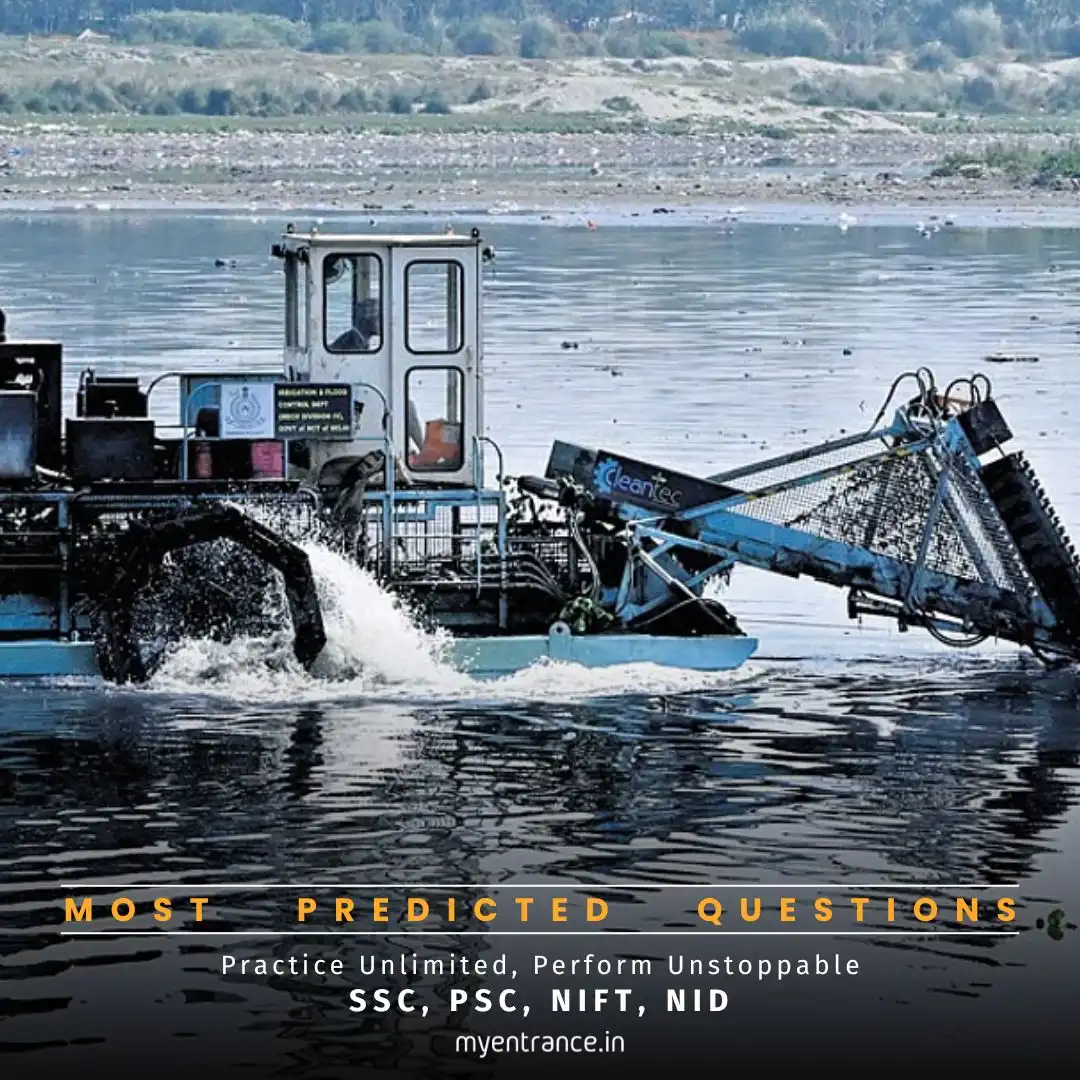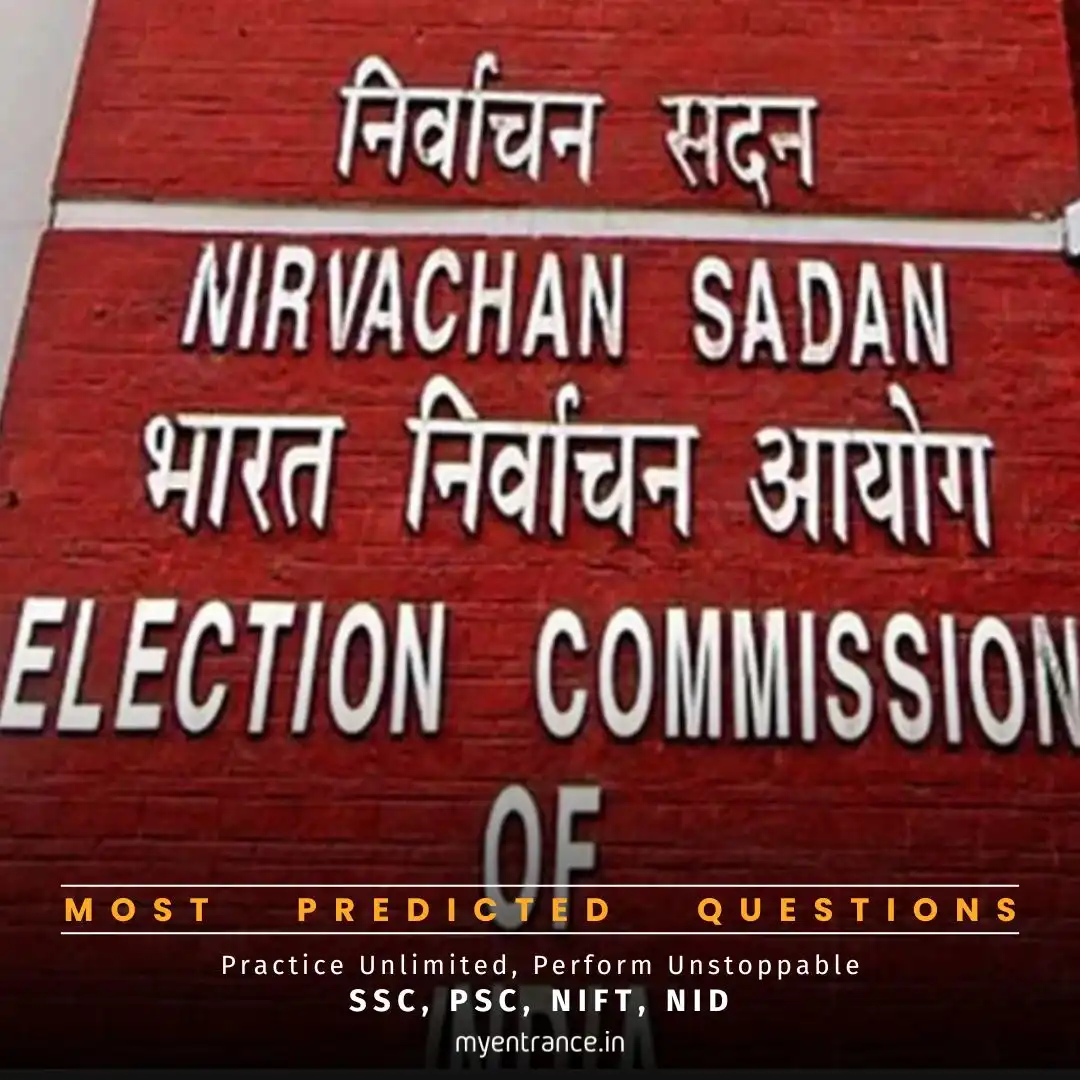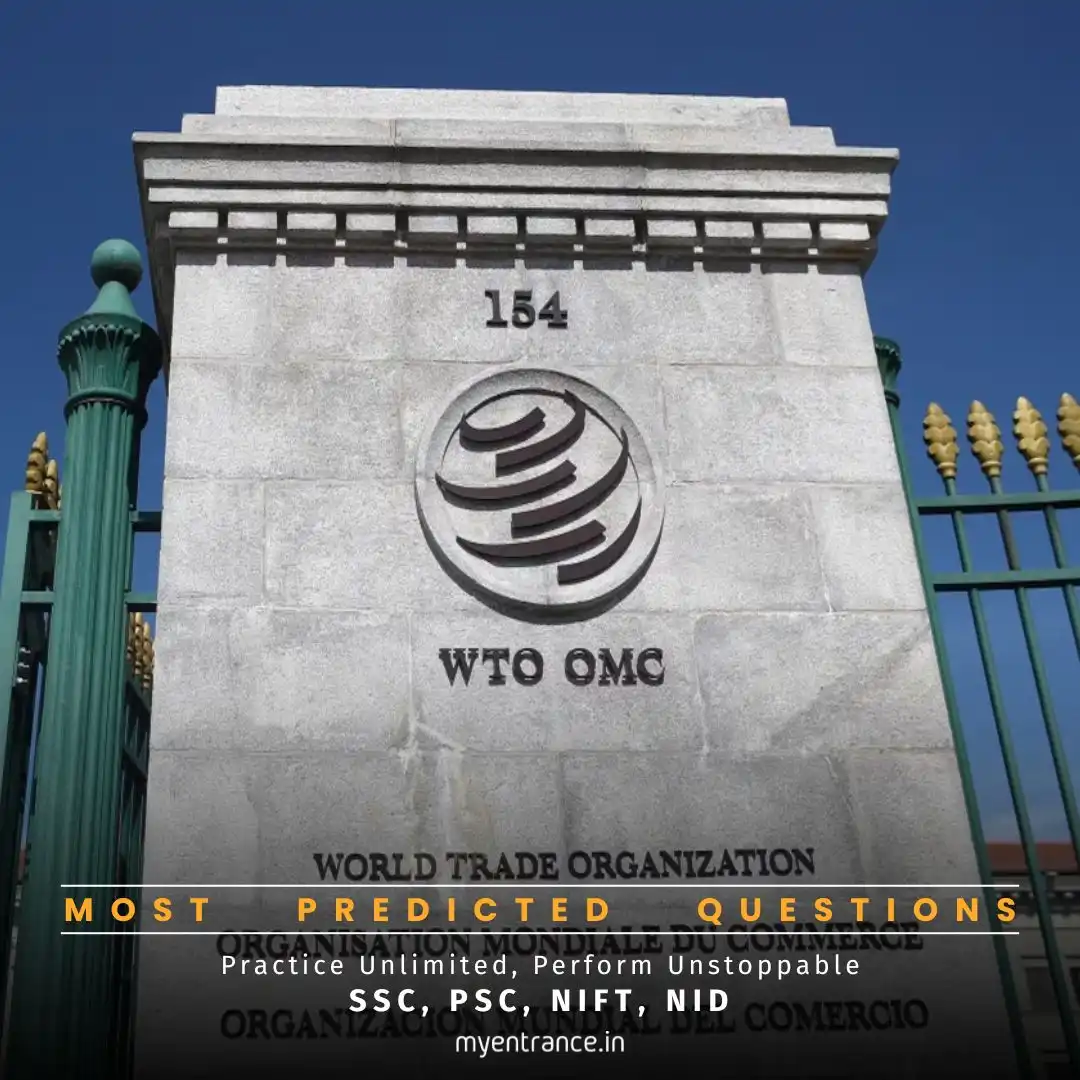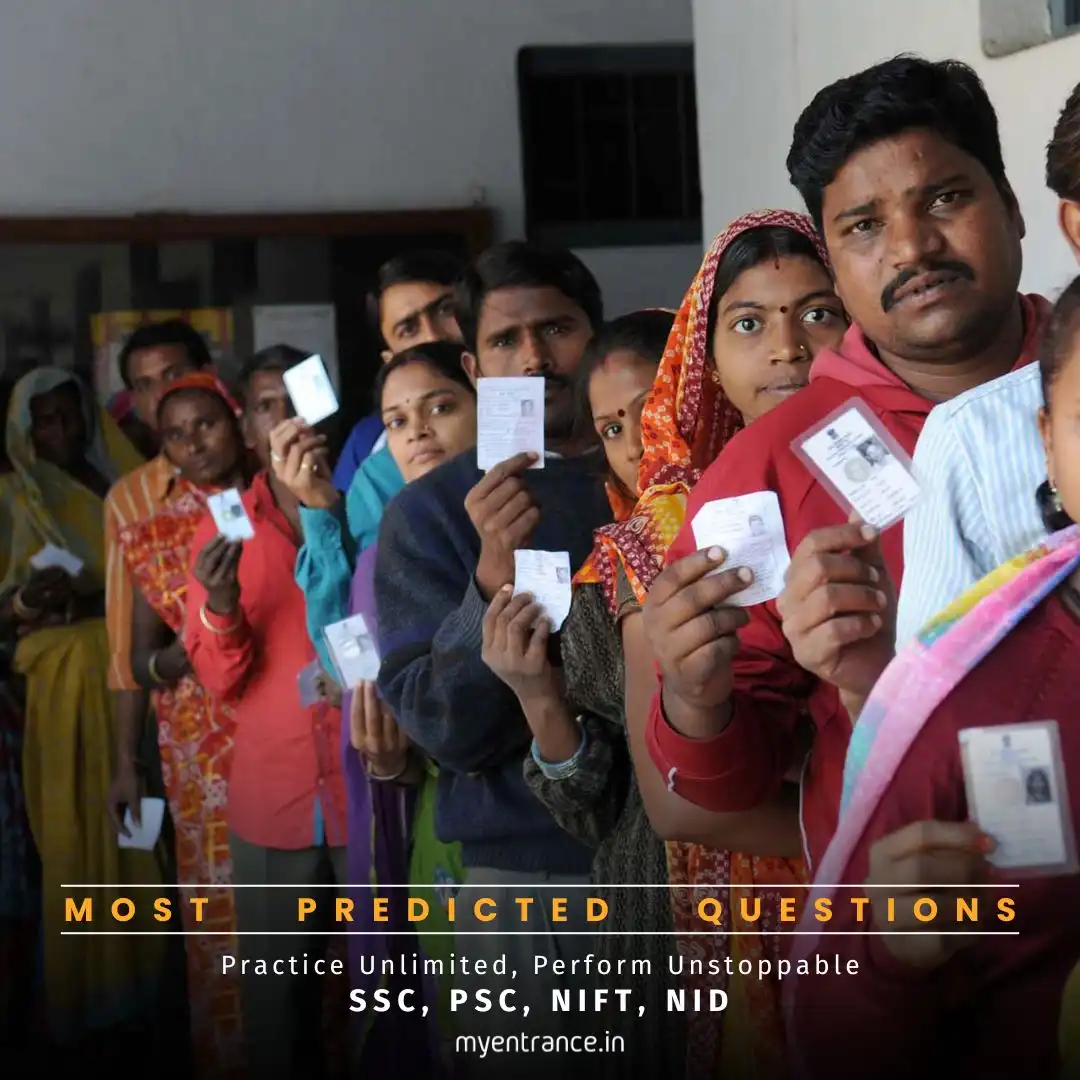Translate Language
Can Delhi’s Yamuna Cleanup Inspire a National River Revival?
The Yamuna cleanup project in Delhi has gained momentum under the new government, with potential lessons for the Namami Gange Programme (NGP). As India’s flagship river conservation initiative, NGP’s success depends on governance, inter-state coordination, and ecological restoration—topics crucial for competitive exams like UPSC, PSC, and SSC.

Key Insights on River Conservation in India
1. Delhi’s Yamuna Cleanup & Its Broader Impact
The Yamuna project could set a precedent for other river rejuvenation efforts.
Lessons from Delhi may help refine policies under the Namami Gange Programme (NGP), launched in 2014.
2. Namami Gange’s Progress & Challenges
Shift in Approach: Unlike earlier plans (e.g., Ganga Action Plan), NGP focuses on ecological revival, not just pollution control.
Institutional Reforms: The National Mission for Clean Ganga (NMCG) operates under the Jal Shakti Ministry, with regulatory and financial powers.
Keystone Species: The return of Ganges dolphins indicates improved river health.
3. Governance & Policy Innovations
National Ganga Council (NGC), chaired by the PM, includes CMs of riparian states.
State & District Committees were introduced for local participation, but engagement remains weak.
Inter-State Coordination: Essential for long-term success, yet challenges persist.
4. Global Comparisons
The Rhine River restoration in Europe took decades, but India’s NGP is progressing faster.
The 2016 River Ganga Authority Order strengthened NMCG’s powers, yet state-level execution lags.
Sample Questions & Answers for Competitive Exams
Q1: What is the primary objective of the Namami Gange Programme?
Ans: Unlike earlier pollution-centric plans, NGP focuses on ecological rejuvenation of the Ganga through a basin-wide approach.
Q2: How does the National Ganga Council function?
Ans: Headed by the Prime Minister, it includes CMs of Ganga-basin states and Union ministers, ensuring multi-level governance.
Q3: Why is the Ganges dolphin significant in river conservation?
Ans: As a keystone species, its presence indicates improved water quality and ecosystem health.
Q4: What distinguishes NGP from the Ganga Action Plan?
Ans: NGP adopts an executive-driven approach under Jal Shakti Ministry, unlike the older regulatory model.
Q5: What role do state governments play in Namami Gange?
Ans: Despite state/district committees, limited ownership and funding hinder full participation.
Why Is This Important for Exams?
UPSC/PSC: Covers environmental policies, governance, and federalism (GS-II & III).
SSC & Others: Current affairs on river conservation, flagship schemes, and inter-state issues.
Essay/Interview: Themes like sustainable development, cooperative federalism, and policy implementation often appear.
Get 3 Months Free Access for SSC, PSC, NIFT & NID
Boost your exam prep!
Use offer code WELCOME28 to get 3 months free subscription. Start preparing today!















